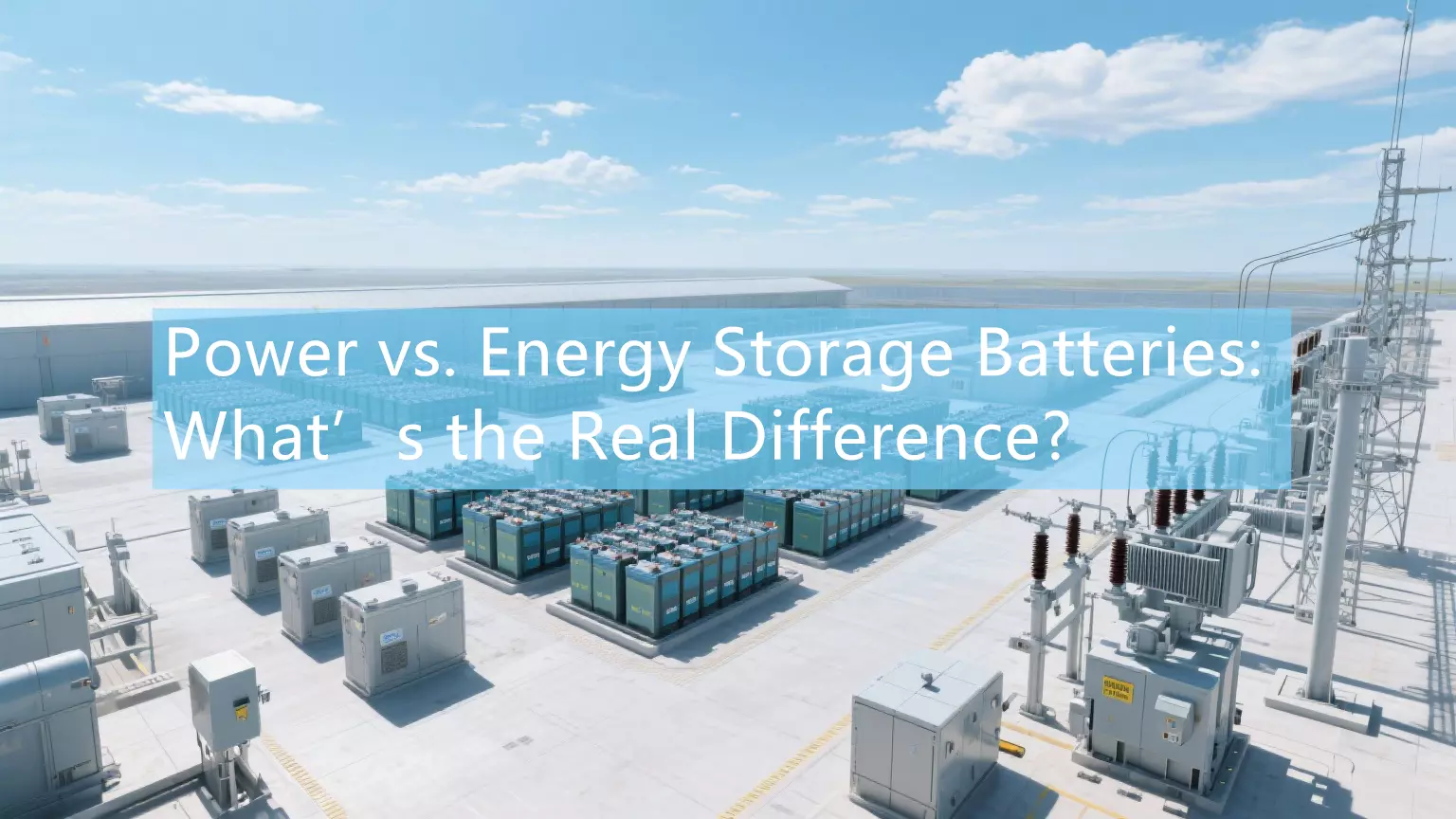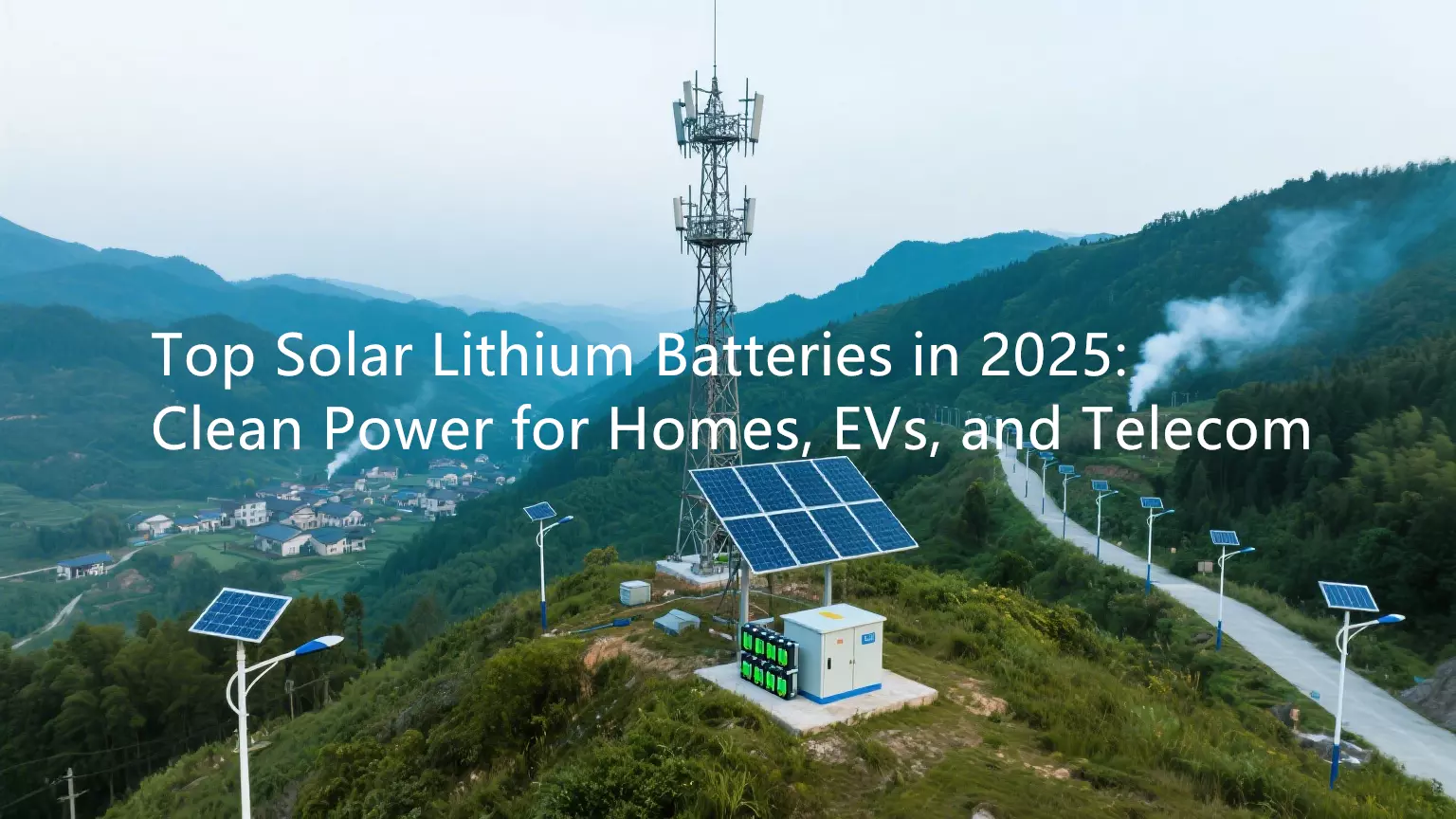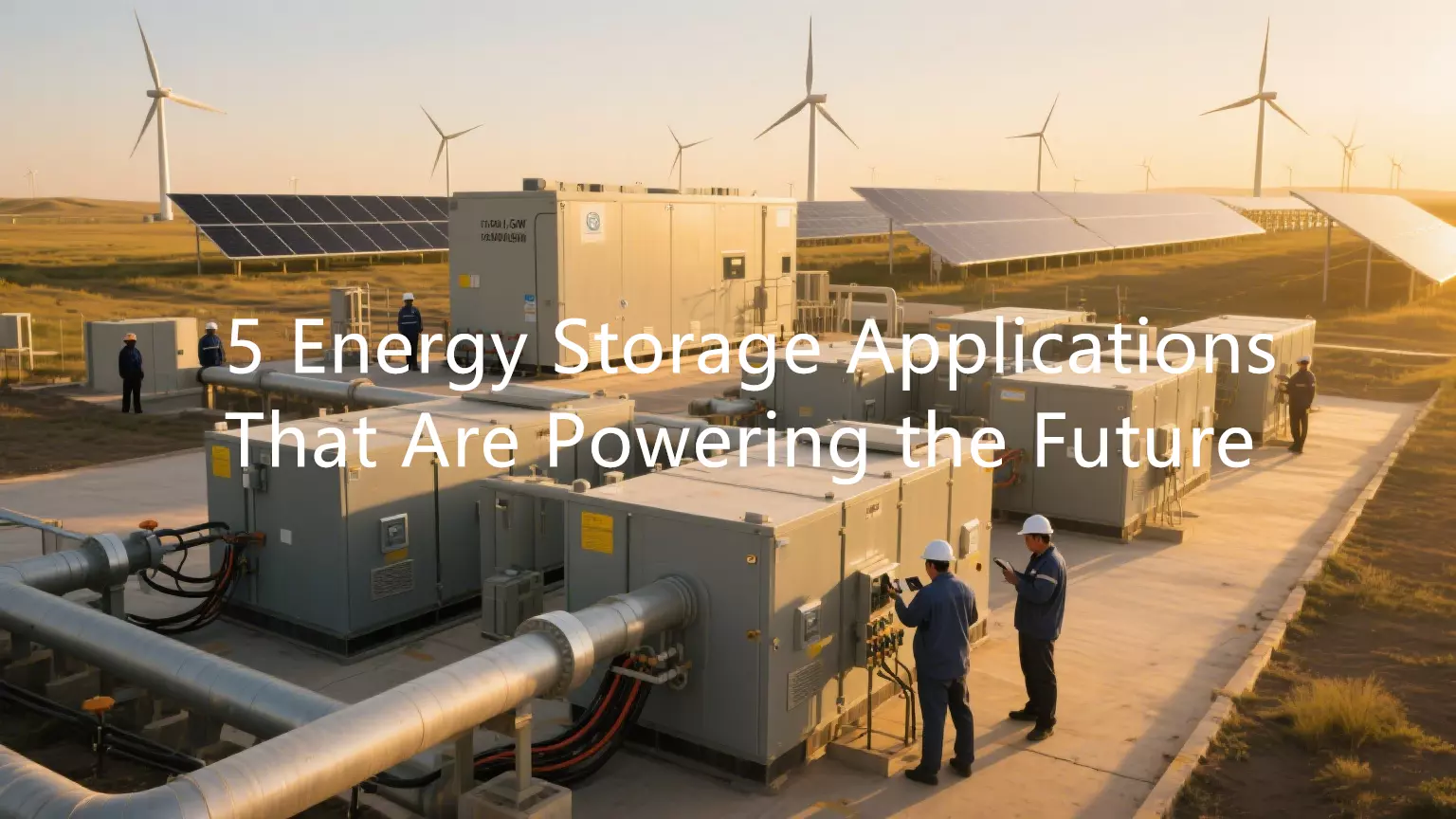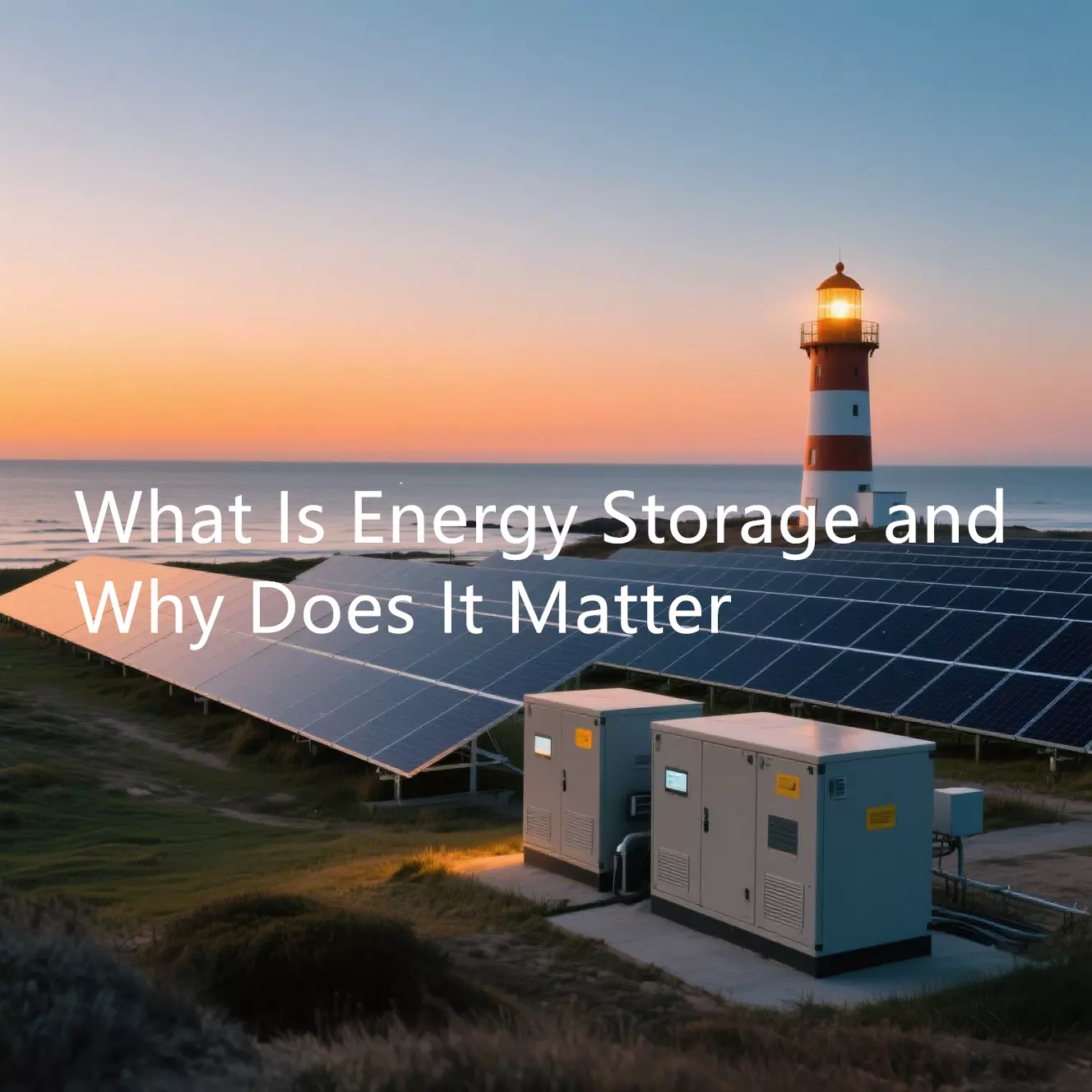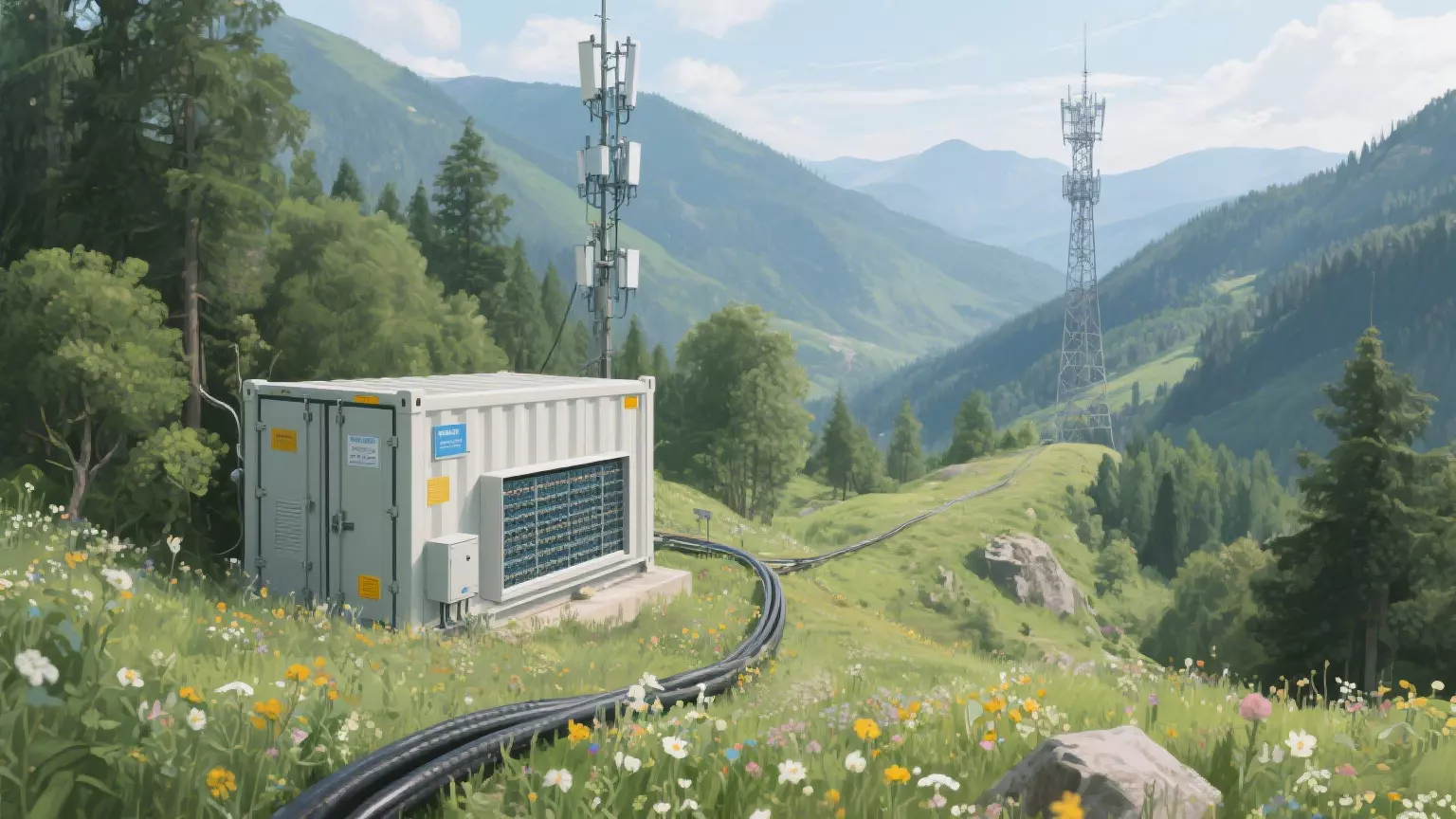Analysis of the Current Status of Industrial and Commercial Energy Storage
1. Market Overview
Industrial and commercial (I&C) energy storage has been growing rapidly due to increasing energy costs, grid instability, and the push for sustainability. Companies and industries are adopting energy storage systems (ESS) to reduce demand charges, enhance energy resilience, and integrate renewable energy sources.
Key drivers of market growth:
- Rising electricity prices: Demand charges can make up a significant portion of electricity costs, leading businesses to adopt energy storage to manage peak demand.
- Grid modernization: Utilities are facing aging infrastructure, making energy storage a viable solution for grid support.
- Regulatory policies and incentives: Governments worldwide are implementing subsidies, tax credits, and incentives for energy storage adoption.
- Renewable energy integration: Businesses are pairing energy storage with solar and wind to optimize energy use.
2. Technologies in Use
The industrial and commercial energy storage sector is dominated by several key technologies:
- Lithium-ion batteries: The most popular choice due to high efficiency, declining costs, and scalability.
- Lead-acid batteries: Less commonly used due to shorter lifespan and lower efficiency.
- Flow batteries: Gaining traction for large-scale applications due to long cycle life.
- Thermal energy storage: Used in applications requiring heating and cooling energy management.
| Classification of energy storage types | |||
| Divided according to the power system | purpose | ||
| Energy storage before a meter | Power-side energy storage | Smoothly generating wind power to solve the problem of new energy consumption Providing frequency modulation auxiliary services for traditional thermal power units |
|
| Grid-side energy storage | Achieving system frequency modulation can alleviate grid congestion and improve transmission and distribution capacity. When the load on a line exceeds the line’s capacity, the line becomes congested and cannot transmit power. An energy storage system upstream of the line can store power that cannot be transmitted. When the load on the line is less than the line’s capacity, the energy storage system can then discharge power back to the line. Delaying the construction of new power transmission and distribution equipment. In power transmission and distribution equipment where the load is close to the line capacity, the energy storage system can delay the expansion and construction of new power transmission and distribution equipment by increasing the power transmission and distribution capacity. |
||
| storage after table | user-side energy storage | Energy storage for industry and commerce | Self-generation and self-consumption of electricity ensures the stability and reliability of electricity use Reduces electricity costs by flattening the peak and valley demand and arbitrage on the price difference between peak and valley |
| Energy storage for households | |||
3. Applications
Industrial and commercial energy storage systems serve various purposes, including:
- Peak shaving: Reducing electricity demand during peak hours to lower demand charges.
- Backup power and resilience: Providing uninterrupted power supply during grid outages.
- Energy arbitrage: Buying electricity when rates are low and using stored energy when prices are high.
- Microgrids and off-grid solutions: Enabling energy independence for businesses and industrial facilities.
- EV charging infrastructure support: Balancing grid loads for charging stations.
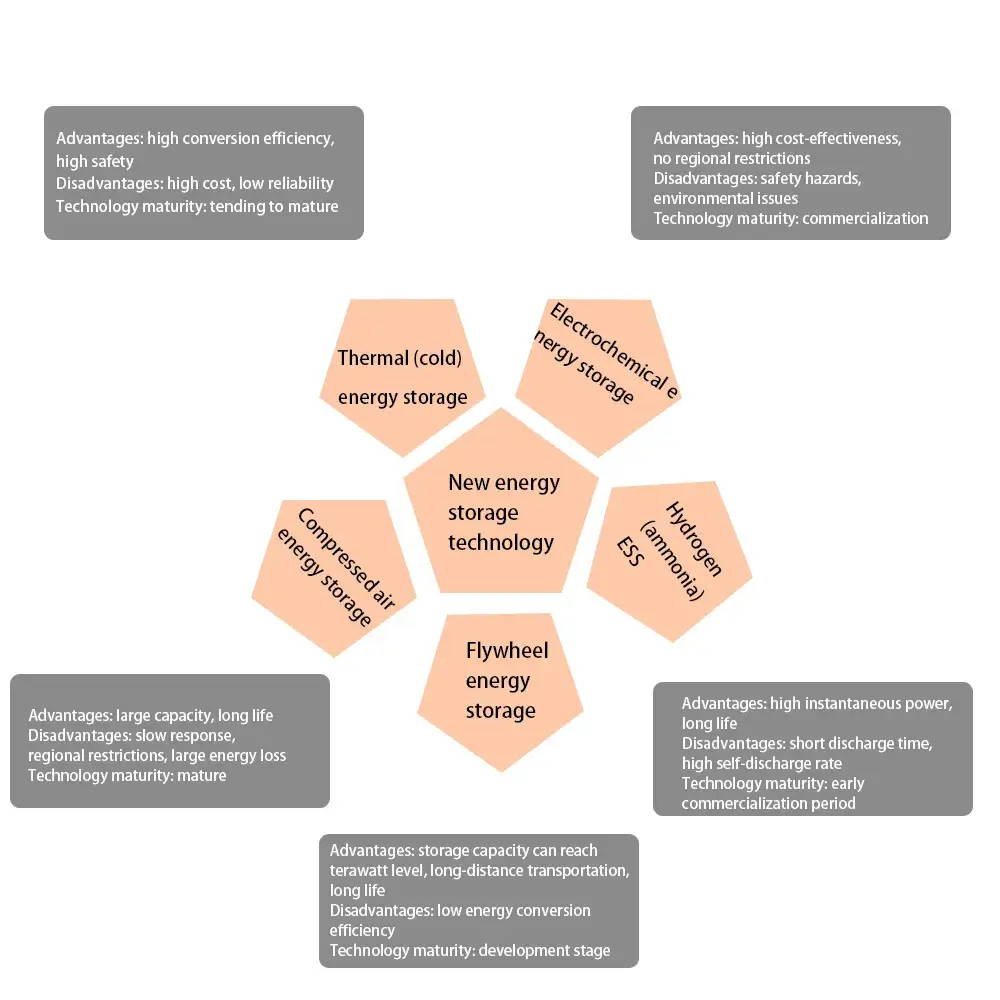
4. Regional Insights
- North America: Strong market driven by high electricity costs, government incentives (such as the Inflation Reduction Act in the U.S.), and corporate sustainability goals.
- Europe: Rapid adoption due to strict carbon neutrality targets, high energy prices, and smart grid initiatives.
- Asia-Pacific: China leads in manufacturing and deployment, while Japan and South Korea focus on resilience and renewable integration.
- Latin America & Africa: Emerging markets with potential growth, driven by unreliable grids and increasing solar power adoption.
5. Challenges and Barriers
- High upfront costs: Despite declining battery prices, initial investment remains a hurdle.
- Regulatory uncertainty: Policies and incentives vary widely across regions, creating market uncertainties.
- Battery lifespan and degradation: Managing battery degradation is critical for long-term cost-effectiveness.
- Supply chain constraints: Raw material shortages (e.g., lithium, cobalt) can impact battery production and costs.
6. Future Outlook
- Continued cost reduction: Advances in battery technology and manufacturing are expected to drive costs down.
- Increased adoption of AI and smart energy management: Optimization through AI-driven analytics will improve energy storage efficiency.
- Growth in second-life and recycling solutions: More focus on battery reuse and recycling to address sustainability concerns.
- Expansion of long-duration storage: Emerging technologies like solid-state batteries and hydrogen storage may reshape the market.
Conclusion
Industrial and commercial energy storage is a rapidly growing sector with strong economic and environmental incentives. While challenges like high upfront costs and regulatory uncertainty persist, technological advancements and policy support are driving wider adoption. As businesses seek to optimize energy costs and enhance resilience, energy storage will play a crucial role in the transition to a more sustainable and decentralized energy system.

